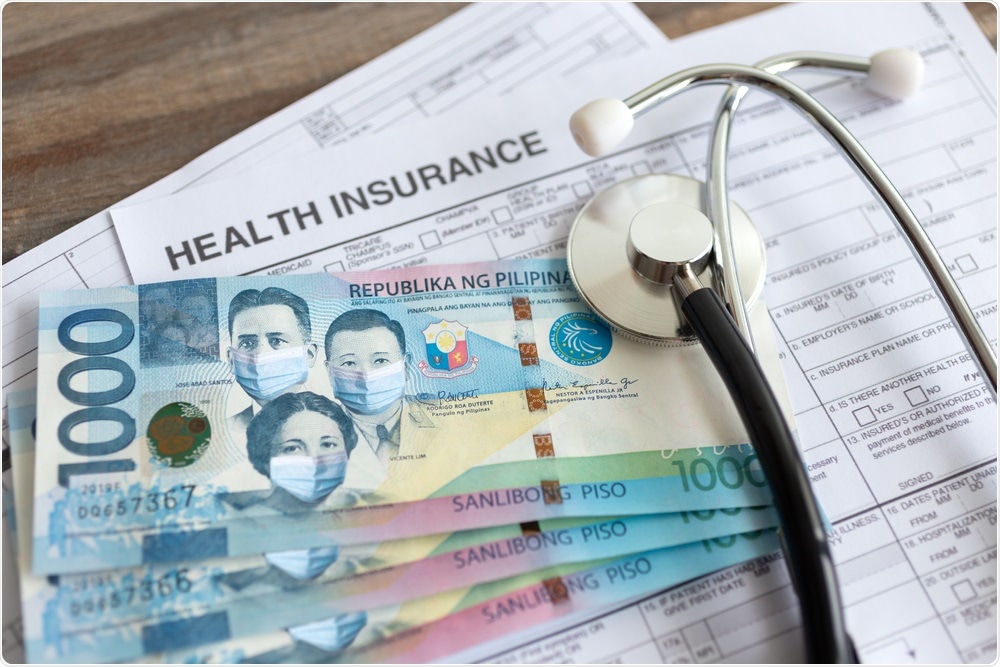Despite an early coronavirus disease (COVID-19) response against the severe acute respiratory syndrome coronavirus 2 (SARS-CoV-2), the Philippines continues to grapple with skyrocketing cases, which have reached over 1.3 million total cases as of June 15, 2021.
 Study: Early response to COVID-19 in the Philippines. Image Credit: aldarinho / Shutterstock.com
Study: Early response to COVID-19 in the Philippines. Image Credit: aldarinho / Shutterstock.com
Researchers at the College of Medicine at the University of the Philippines Manila, along with collaborators at the School of Medicine and Public Health at the Ateneo de Manila University, described the challenges and early response of the Philippines to COVID-19. To this end, the researchers focused on travel restrictions, community interventions, risk communication, and testing between January 30, 2020, which was when the first case in the country was reported, and March 21, 2020.
In this peer-reviewed study, which was published in the World Health Organization (WHO)’s Western Pacific Surveillance and Response Journal (WPSAR), the authors discuss the surveillance of and response to public health events in the Western Pacific Region. Ultimately, the researchers concluded that the Philippines’s initial response to the COVID-19 pandemic lacked organizational preparedness.
Public health emergencies in the Philippines
As a developing country, the Philippines experienced some improvements in its healthcare system over the past decade. Despite this, the country continues to face various challenges in its response to public health emergencies.
It is estimated that the Philippines has about 10 hospital beds and six doctors per 10,000 people which, taken together, amounts to only 2,335 critical beds nationwide. Mainly, the available healthcare resources are focused in urban areas, while rural areas experience a lack of available physicians. Within these rural areas, only one physician is available for a population of 20,000 people, with only one bed available for a population of 1,000.
Although community health centers and local healthcare workers comprise the primary care system in the nation, they are often poorly resourced with limited surge capacity. Furthermore, while local government has disaster preparedness plans, these plans are designed for natural calamities, which the country often experiences, rather than for disease outbreaks.
Travel restrictions
The first COVID-19 case in the Philippines was reported on January 30, 2020. By March, the cases rose significantly, which prompted the government to put the northern part of the country, Luzon, in an enhanced community quarantine (ECQ) or lockdown by March 15.
The Philippine government implemented travel restrictions as early as January 28, 2020. While this prevented the spread of the virus, travelers from areas that were not included on the list of restricted countries were not subject to stringent screening and quarantine protocols. Meanwhile, those from restricted countries were subjected to a 14-day quarantine, testing, and contact tracing.
In the first few weeks after these restrictions were put in place, the COVID-19 spread was delayed. However, as time passed, COVID-19 cases began to rise due to viral transmission within communities, particularly from people who had no prior travel history.
Community interventions
When the lockdown or ECQ was implemented in Luzon, which included Metro Manila, families were placed on strict home quarantine. This quarantine consisted of strict home quarantine in all households, with the exception of when individuals needed to acquire essential food and health services.
Additional measurements that were implemented during this time included work-from-home schemes, suspension of classes and distance learning instruction, closure of public transport and non-essential business establishments, as well as physical distancing and the prohibition of public gatherings.
These measures successfully slowed the spread of the virus; however, it was difficult for the government to enforce these restrictions for extended periods of time because of their severe economic impacts.
Though the lockdown order was just for Luzon Island, health systems were not overwhelmed. In fact, the quarantine regulations gave the Philippines the opportunity to mobilize resources and organize its pandemic response.
Risk communication
During the lockdown, the Philippine government ensured that all plans and information about the COVID-19 pandemic would be distributed to all residents and citizens. The government also strengthened its national risk communication plans through press briefings, internet advertisements, health-related television advertisements, and infographics on social media.
Despite these efforts, misinformation and conspiracy theories about COVID-19 emerged in the Philippines.
Testing
Many countries that were successful in containing the COVID-19 pandemic implemented widespread testing. While testing is key to controlling the pandemic, the Philippines only performed COVID-19 testing on a small scale. More specifically, the authors of the current paper found that by March 19, 2020, fewer than 1,200 people in this nation had been tested for COVID-19, with the Research Institute for Tropical Medicine in Metro Manila being the only institution that was capable of performing these tests. Due to the limited capacity of the healthcare system to conduct mass testing, the Department of Health (DOH) recommended rationed testing, wherein strict protocols were implemented.
Study takeaways
The authors of the current study concluded that the Philippines was not ready for a pandemic. The disease surveillance system could conduct contact tracing and, for several months at the beginning of the pandemic, only one laboratory was available for COVID-19 testing. Furthermore, the primary healthcare system did not serve as a primary line of defense, which led infected people to flock to hospitals in cities, thus overwhelming the healthcare system and critical care capacity.
“The lack of pandemic preparedness had left the country poorly defended against the new virus and its devastating effects. Investing diligently and consistently in pandemic prepared.”
Taken together, the researchers noted that the lack of pandemic preparedness had left the Philippines poorly protected from the effects of SARS-CoV-2. The pandemic, therefore, taught the Philippines, as well as many other nations around the world, that increasing its investment in the modernization of hospitals and clinics is crucial for protecting its citizens against disease outbreaks in the future. This investment should also be accompanied by the development of adequate surveillance, testing, and contact tracing services.